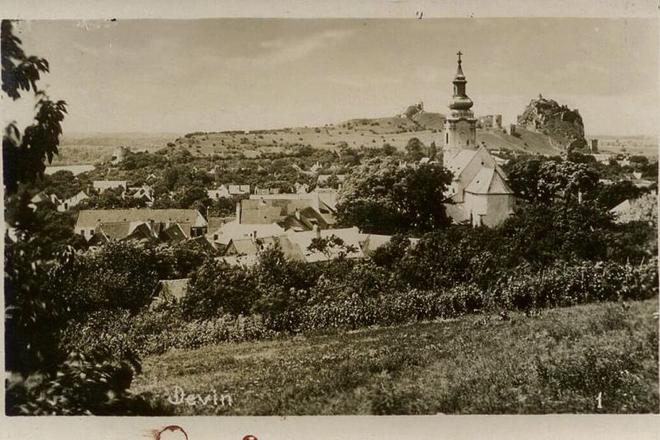THE SMALL Carpathians have long been known for their vineyards, especially on the eastern slopes of the mountain range, which receive more sunlight and warmer weather. The western side of the range, known as the Záhorie region, used to get less sun, and more importantly, cold winds would typically blow in from the Alps. These natural conditions fundamentally influenced the history of the entire region.
While in the eastern part viticulture became one of the most common ways to make a living, in the west people had to earn their money through different means. Although grapes were grown here, too, they were lower in quality.
The question of where Devín belongs, geographically, is a matter of some debate. The fact that wine was made in Devín provides the town with a link to the east.
The tradition of wine making in Devín dates back to the time before Christ, when Celts residing in the area partook in viticulture. Many archaeological findings from later centuries were also unearthed, including wine vessels and wine making tools, when the area was settled by Slavs.
Also, wine was grown in Devín on a large scale when it was part of the Pálffy lordship. Documents from 1720 state that the town once had more than 100 hectares of vineyards. In the 18th century, Devín’s viticulturists founded their own guild.
Thanks to Devín’s close proximity to Záhorie, its vineyards were not infested by phylloxera, pests which entered Europe in the last third of the 19th century from America, and destroyed a substantial number of vineyards in the eastern part of the Small Carpathians. Devín’s vineyards were spared due to the sandy soil typical of the whole Záhorie region.
As for the debate over Devín’s location, one could say that the town lies somewhere on the border between the two regions, and has reaped the benefits of both.


